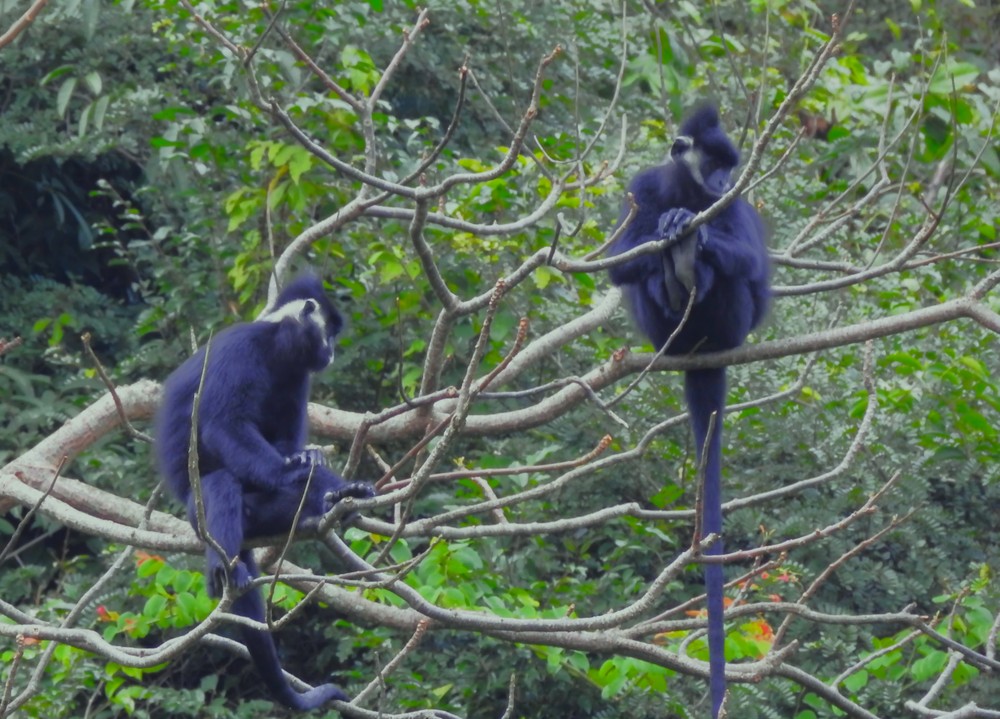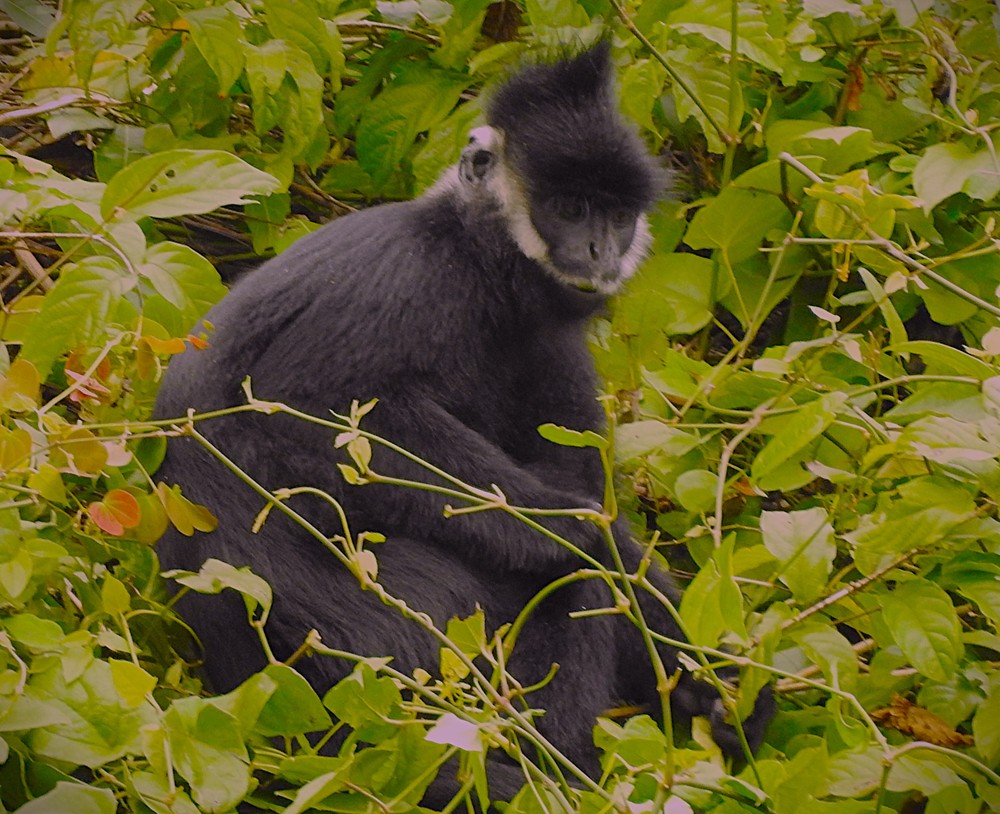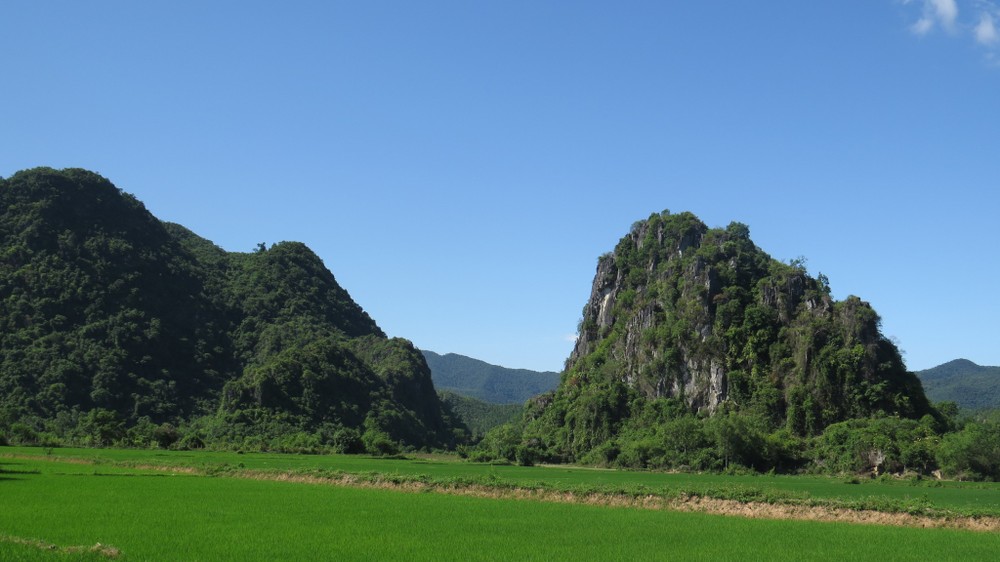
In the Thach Hoa, Dong Hoa, and Thuan Hoa communes of Tuyen Hoa District, Quang Binh Province, the population of Hatinh langurs (Trachypithecus hatinhensis) has increased significantly in recent years, thanks to their protection within a special-use forest area covering over 500 hectares. Remarkably, these langurs have formed groups of hundreds of individuals.
The Hatinh langurs is a primate species typically found in mountainous forest regions. It is considered a rare and endangered species, classified as such in the Red Book of the World and Vietnam.


In 2012, residents of Thach Hoa Commune discovered a group of about ten Hatinh langurs descending from the Thiet Sơn limestone mountains to drink water in the nearby residential area. Some individuals initially tried to trap and capture these animals. However, upon realizing that the langurs are rare and at risk of extinction, the community has since taken steps to protect them, allowing them to come close to homes for socializing and playing. According to residents of the three communes, during the rainy season, these langurs seek refuge in rocky areas. Once the rain subsides, they often venture near houses to bask in the sun in the early morning and late afternoon.
Mr. Nguyen Thanh Tu, the leader of the community group protecting the Hatinh langurs in the area, noted that in the past, these langurs would flee at the sight of people. However, now that they are protected, they have become accustomed to human presence, allowing people to approach and take photos without fear. The local government's decision to expand their habitat to 26,800 hectares, designating it as the Khe Net Nature Reserve, as reported by SGGP, and extending into the communes of Thanh Hoa, Huong Hoa, and Kim Hoa, will provide the Hatinh langurs with opportunities to thrive and integrate with new groups in these areas. This development is significant as it helps prevent inbreeding among the langurs in Thach Hoa, Dong Hoa, and Thuan Hoa.


















)






















